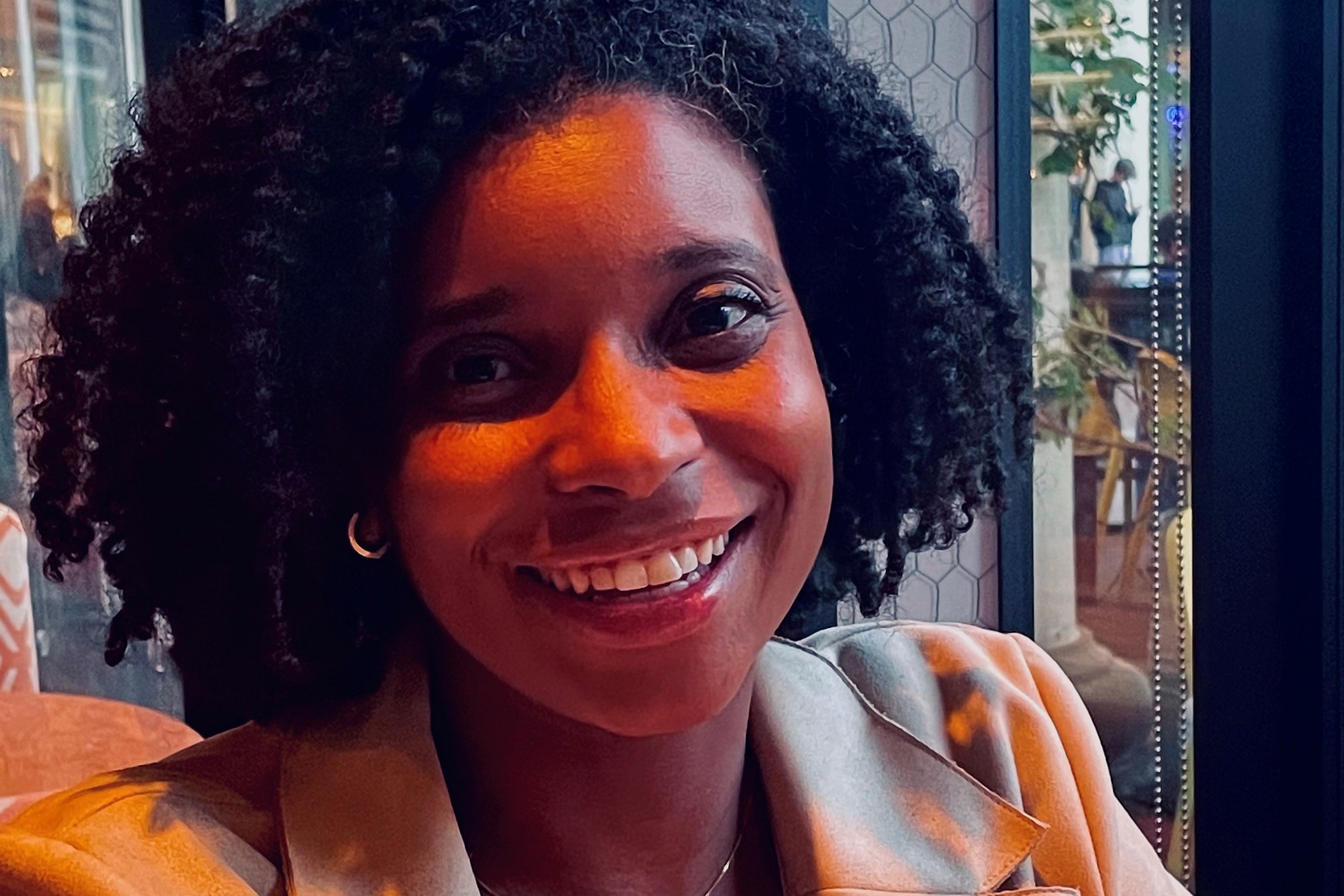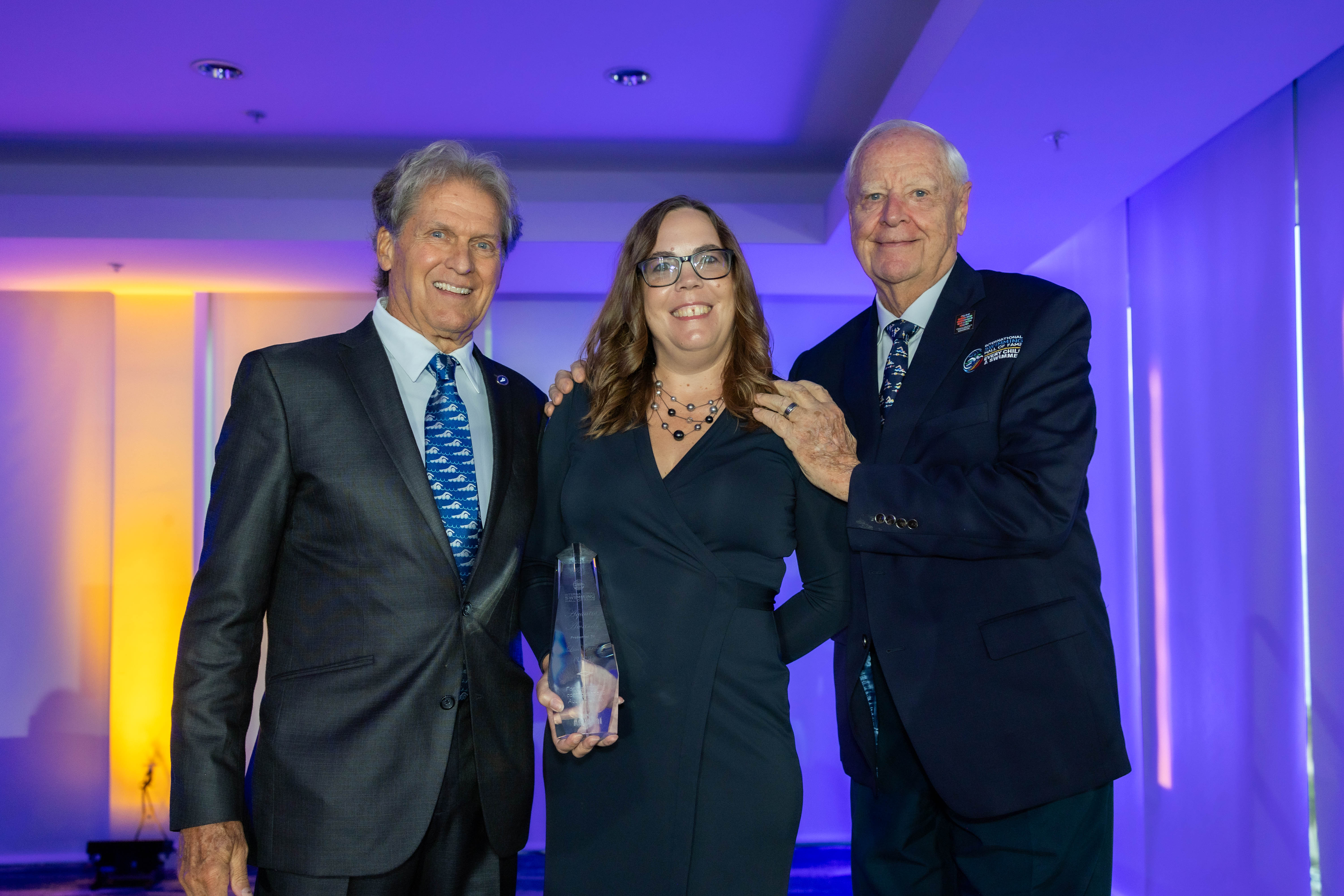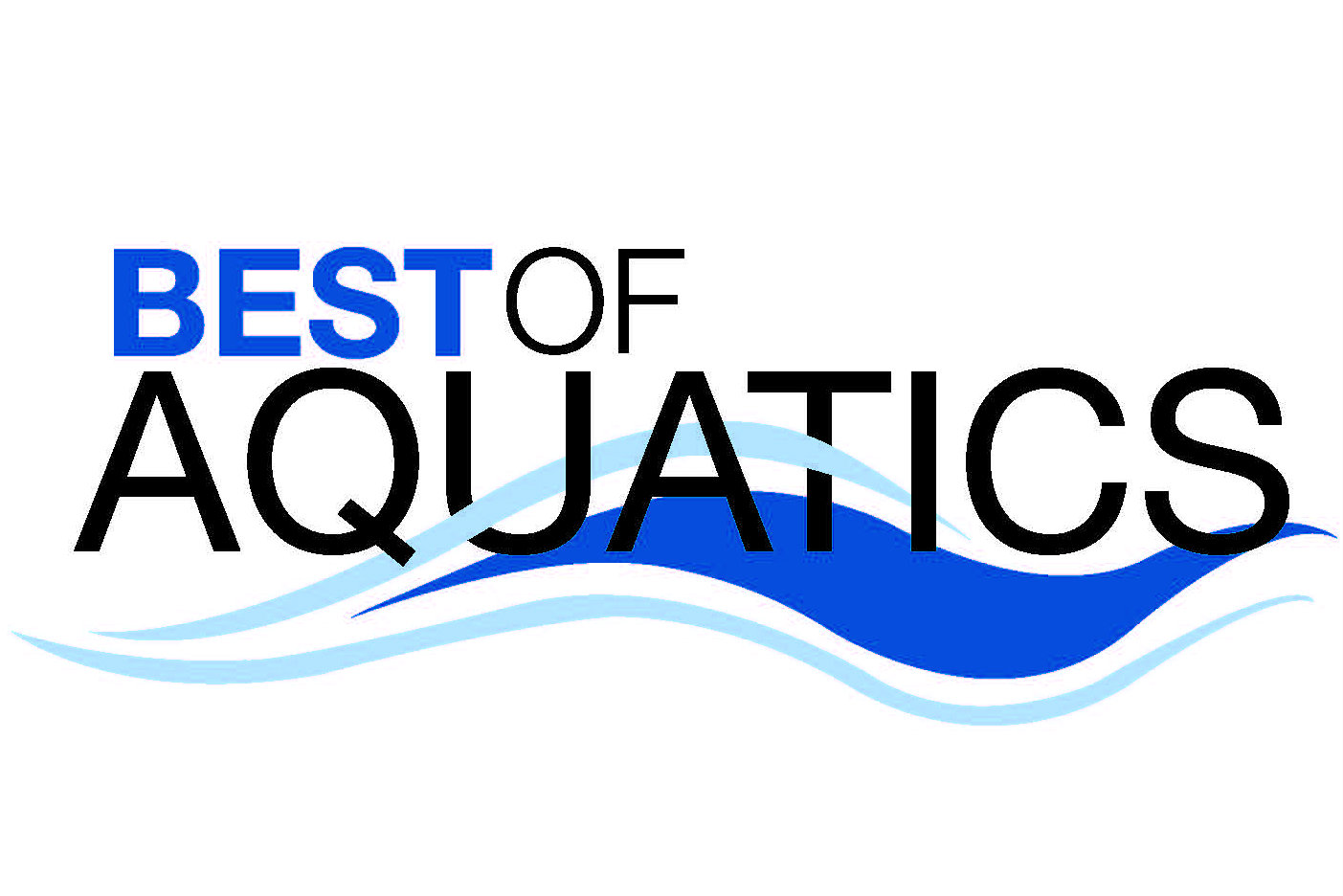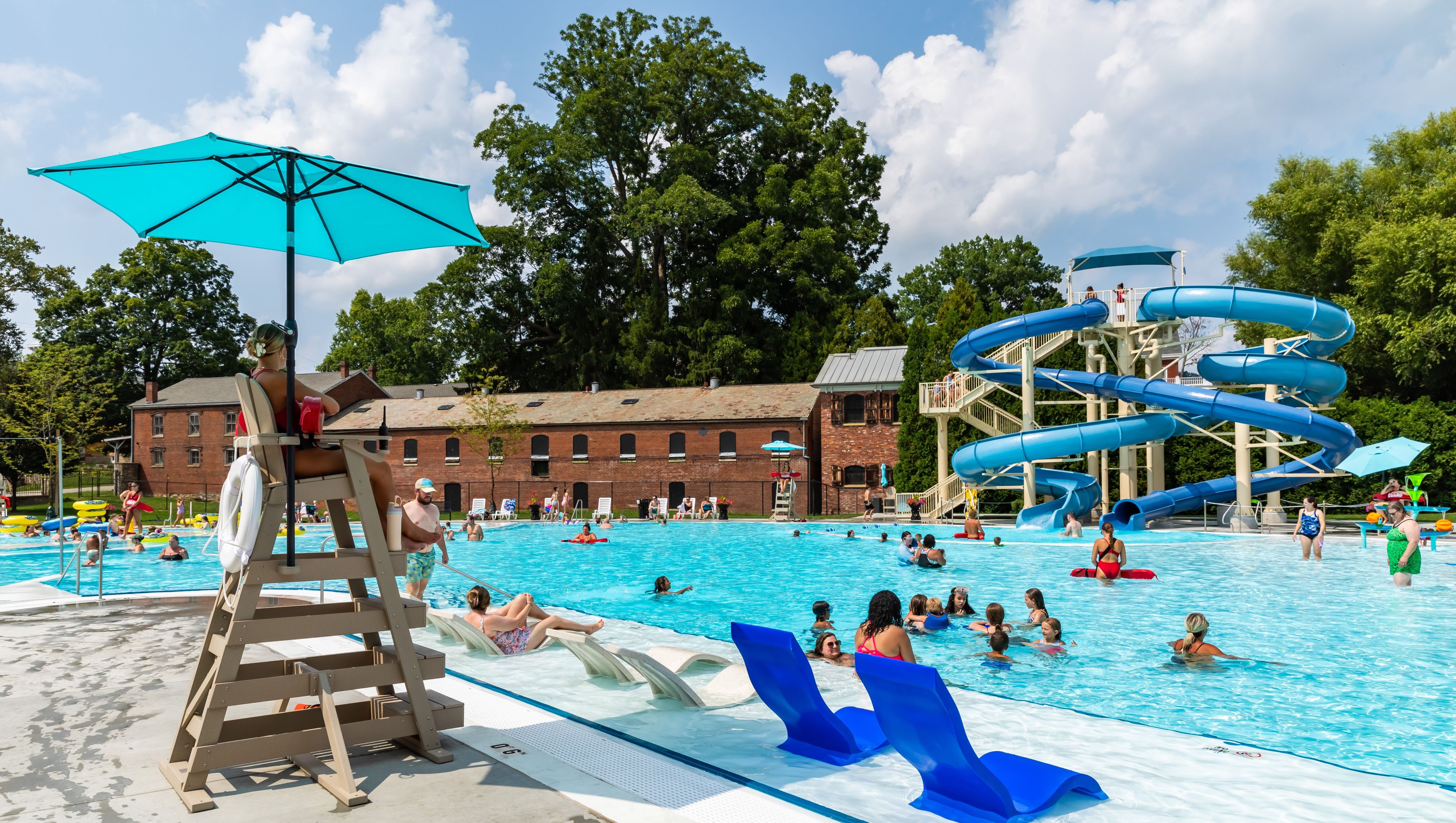Education has been the running theme in the career of Miriam Lynch, Ph.D.
It goes beyond the labs where she trains teachers and administrates on the latest in applicable classroom technology, or even the pool deck where she volunteers as a coach for Howard University’s swim team. It extends into her passion, educating the public and the aquatics industry about the importance of representing.
Now, as executive director of Diversity in Aquatics, she is promoting exactly that.
Additionally, Lynch’s love of aquatics has worked a thread throughout her life. And she learned early on that swimming can open many doors, whether as a fun activity, exercise, competition or even a job. As an example, take Lynch’s father, who attended West Point in the 1970’s. As a condition to becoming an officer, he had to pass a swim test. Fortunately, he had learned to swim as a Boy Scout. Lynch always thinks about the many people, particularly from underrepresented minorities, who have been shut out of such opportunities because they were never given the chance to learn to swim.
Early start
Lynch grew up in aquatics, swimming from the time she was a small child.
She joined the swimming and diving team at Howard University, one of a few historically Black colleges and universities (HBCU) with a Division 1 team.
It was during her time coaching the National Capital’s Swim Club when an incident spurred her mission to bring swimming to underrepresented minorities. A 10-year-old girl had drowned at the club. It was what Lynch calls the “third straw” – the first two being the drownings of an uncle and a brother’s friend. The fact that this happened in the Potomac Valley, which produces many top-ranked national swimmers, especially upset her.
“It didn’t sit well for me,” she says. “How did we have one of the best swimming communities but there are drownings happening?”
Now Lynch devotes her time to educating about the key role that diversity in aquatics, and anywhere else, plays. Its importance extends even past safety.
“You’re going to get different lenses and perspectives into the decision-making process,” she says. “It’s important to understand why we have the disparities we have.”
That starts with bringing people of all backgrounds into the room.
Lynch discovered Diversity in Aquatics, and learned about its growing network and mission to make a difference through empowerment. The organization has a two-pronged approach: First, to educate about water safety; secondly, to highlight opportunities that can stem from healthy aquatics participation.
“It all starts with learn-to-swim,” she notes.
For Lynch, it was a perfect fit. She quickly moved up the ranks.
Coming together
In her time with Diversity in Aquatics, Lynch has formed partnerships with triathlon groups, local parks and rec departments, the local Metro Harbor police, and other stakeholders.
It especially resonated with her when she helped put on a water safety event in honor of a new pool opening not far from where the 10-year-old girl drowned.
One council in Diversity in Aquatics involves HBCUs, Hispanic Serving Institutions (HSI), and tribal institutions that serve Native Americans. The organization has found that these community centers and colleges are the most qualified and well-equipped to meet the specific needs of their communities. In 2022, the council gave out 2,000 swimsuits and arranged for donations from the American Red Cross, which included such resources as CPR mannequins, backboards, lifesaving equipment, and the waiving of fees for certification classes.
“The important part is to create sustainability,” she says. “Once you have resources, you can add classes and then programming.”
Lynch continues to volunteer her time coaching the Howard University team. Currently, it is the only HBCU with a Division 1 swim team, whereas there were 21 teams in the 1980s. She hopes to see a change in that trend. She has worked closely with USA Swimming to open more programs at other HBCUs, including everything from learn-to-swim classes to competitive teams. The organizations also host HBCU celebration meets designed to bring aquatics back to the Black community.
The volunteers who lead and work in the organization are very driven by the mission, which allocates all funds raised into its programs.
It’s important to have representation, Lynch reminds: “When we have a diverse room and diverse group of lenses brought together, we may not get it perfect but we get a better perspective for the spaces we occupy.”



